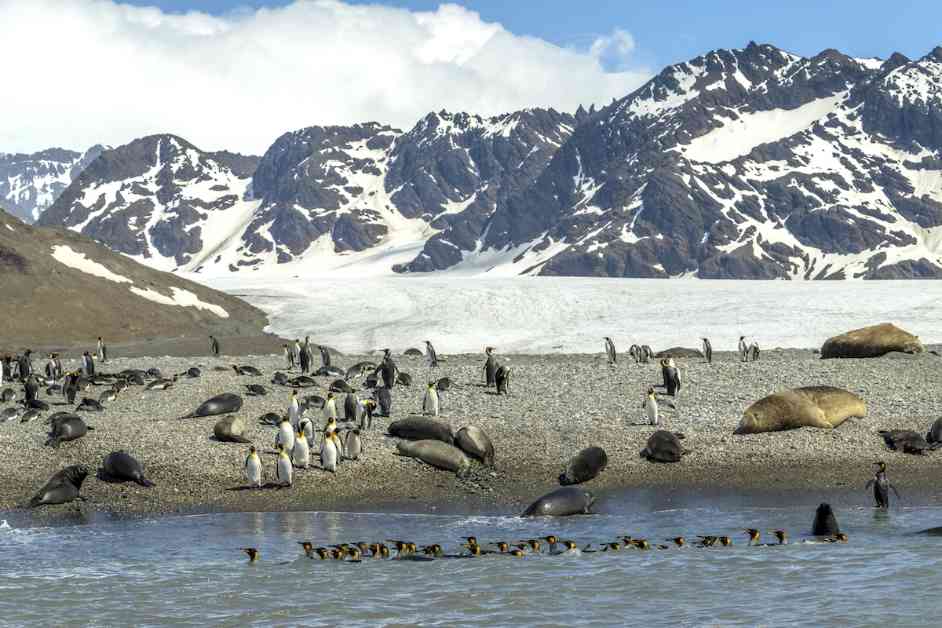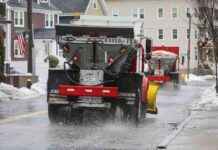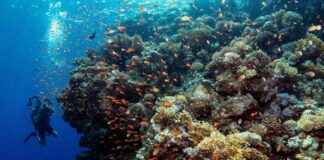Giant Iceberg A23a Threatens South Georgia Island Wildlife
The largest King penguin colony in the world in St. Andrews Bay on South Georgia Island, sub-Antarctica, on Nov. 21, 2022. Wolfgang Kaehler / LightRocket via Getty Images
The biggest iceberg on Earth is once again on the move, on a path that could cause it to collide with South Georgia, an island in the South Atlantic Ocean. The iceberg, known as A23a, measures around 1,500 square miles and weighs nearly one trillion metric tons. It previously broke free from its anchored location between South America and Antarctica in November 2023 and has a history of breaking off from ice shelves.
Impending Collision with South Georgia Island
As of the morning of Jan. 23, the iceberg is approximately 173 miles (280 kilometers) from South Georgia. If it hits the island, it could ground and break into smaller pieces, potentially disrupting feeding access for local wildlife. South Georgia, although not home to a permanent human population, is a vital habitat for various marine and terrestrial species, including penguins, seals, reindeer, and tundra plants.
Scientific Investigation and Implications
While the iceberg’s collision with South Georgia could have detrimental effects on the island’s ecosystem, scientists are closely monitoring its movements to learn from this natural phenomenon. Researchers are studying how the A23a iceberg’s ice melt influences oceanic carbon cycles and how its presence can impact both terrestrial and marine environments.
Potential Environmental Impacts
The path of the A23a iceberg toward South Georgia highlights the potential consequences of massive icebergs breaking free from ice sheets. While scientists do not directly link the iceberg’s initial break to climate change, the increasing temperatures in the atmosphere and oceans could lead to more frequent releases of giant icebergs. These icebergs can introduce nutrients to surrounding waters, creating thriving ecosystems in less productive areas.
Expert Insights and Future Research
Marine ecologist Mark Belchier emphasized the expected impacts on fisheries and wildlife due to the iceberg’s movement. Additionally, Laura Taylor, a Ph.D. researcher, highlighted the significance of studying the nutrients and chemicals present in icebergs, shedding light on how these elements influence marine ecosystems. The ongoing research aims to understand the role of icebergs in shaping oceanic environments and the adaptations of wildlife to these environmental changes.














